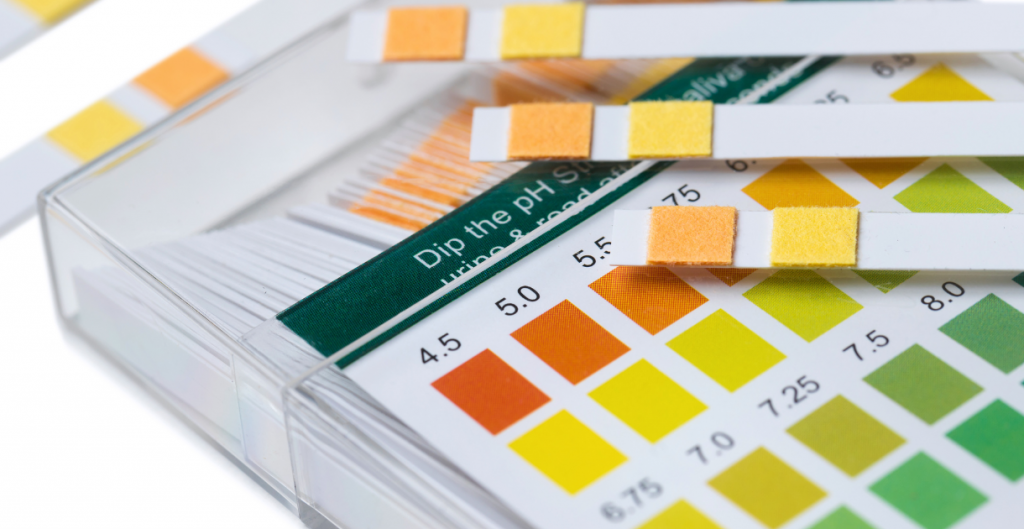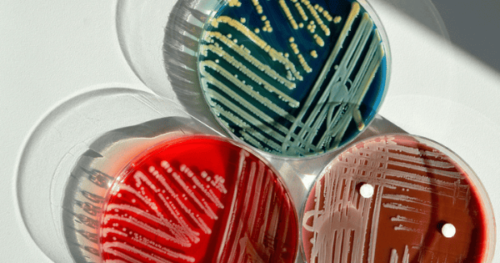Introduction:
In the vast field of life science research, accurate measurement and monitoring of pH levels play a critical role in various applications. pH indicator strips, with their simplicity and effectiveness, serve as indispensable tools in assessing the acidity or alkalinity of solutions. In this blog, we will delve into the significance of pH indicator strips and their diverse applications in the field of life sciences.
Understanding pH Indicator Strips:
pH indicator strips are small, paper-based strips impregnated with specific chemical compounds known as pH indicators. These indicators change color in response to variations in the acidity or alkalinity of a solution, providing a visual representation of its pH value. pH indicator strips offer a convenient and rapid method for pH measurement in research settings.
pH Monitoring in Cell Culture:
Maintaining the optimal pH level is crucial in cell culture experiments. pH indicator strips enable researchers to monitor and adjust the pH of the cell culture medium accurately. By regularly testing the pH of the medium using indicator strips, researchers can ensure that the culture conditions remain suitable for cell growth, viability, and accurate experimental results.
Acid-Base Titration:
pH indicator strips find application in acid-base titration experiments, where the goal is to determine the concentration of an acidic or alkaline solution. By adding a few drops of the solution to be tested and observing the color change on the indicator strip, researchers can identify the endpoint of the titration, allowing for precise determination of the solution’s concentration.
Water Quality Analysis:
pH indicator strips are widely used in water quality analysis. They assist in assessing the acidity or alkalinity of water samples, providing insights into the potential presence of contaminants or environmental changes. pH measurement using indicator strips is essential in studying aquatic ecosystems, pollution monitoring, and assessing the suitability of water for various biological processes.
Enzyme Activity and Kinetics:
pH plays a crucial role in enzyme activity and kinetics. pH indicator strips aid researchers in determining the optimal pH range for enzyme reactions. By testing the pH of the reaction mixture using indicator strips, researchers can optimize conditions for enzymatic reactions, ensuring maximum activity and accurate characterization of enzyme kinetics.
Microbiological Studies:
pH indicator strips are employed in microbiological studies to assess the pH requirements of microorganisms. Different microorganisms thrive within specific pH ranges, and pH indicator strips provide a quick and convenient method for identifying optimal growth conditions. Researchers can use the strips to monitor pH changes during bacterial or fungal growth, aiding in the characterization and manipulation of microbial cultures.
Educational Tool:
pH indicator strips serve as valuable educational tools in life science classrooms. Their simplicity and visual color changes make them ideal for introducing students to the concept of pH and its significance in biological systems. pH indicator strips facilitate hands-on learning, allowing students to explore the pH of various substances and understand its relevance in scientific research.
Conclusion:
pH indicator strips are indispensable tools in life science research, offering a rapid and accessible method for pH measurement. Their applications span across cell culture, acid-base titration, water quality analysis, enzyme kinetics, microbiological studies, and educational settings. By utilizing pH indicator strips, researchers can accurately monitor and manipulate pH levels, leading to improved experimental outcomes and a deeper understanding of biological systems.
In the dynamic realm of life science research, pH indicator strips serve as valuable allies, enabling researchers to assess acidity or alkalinity with ease and precision.
Website : https://gvsmalaysia.com.my/



